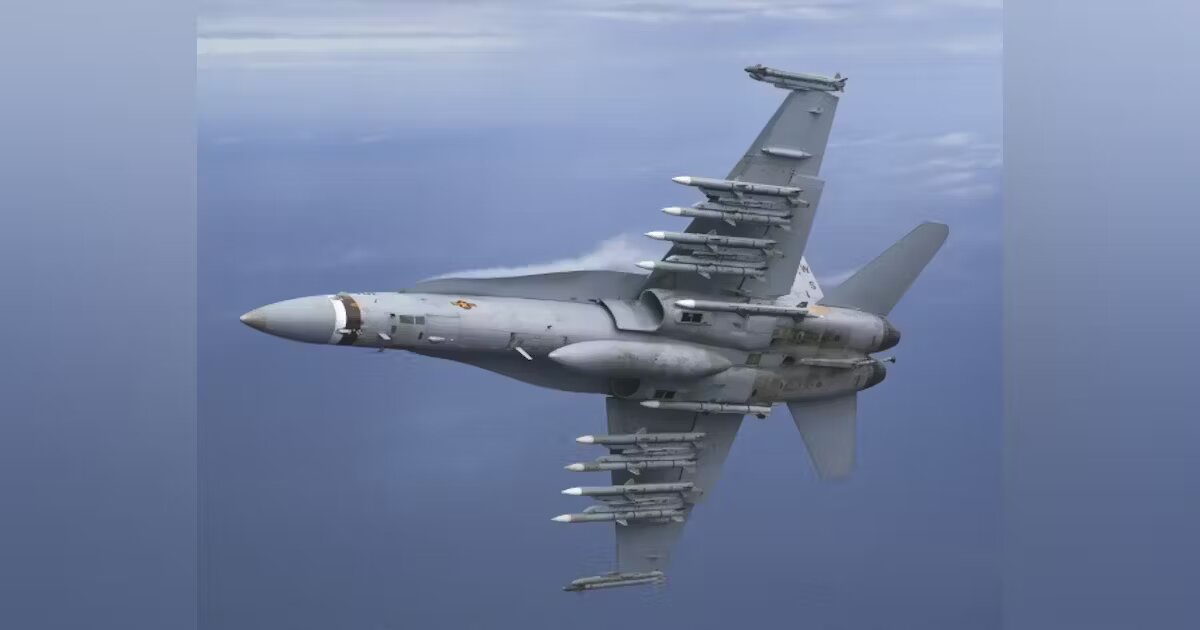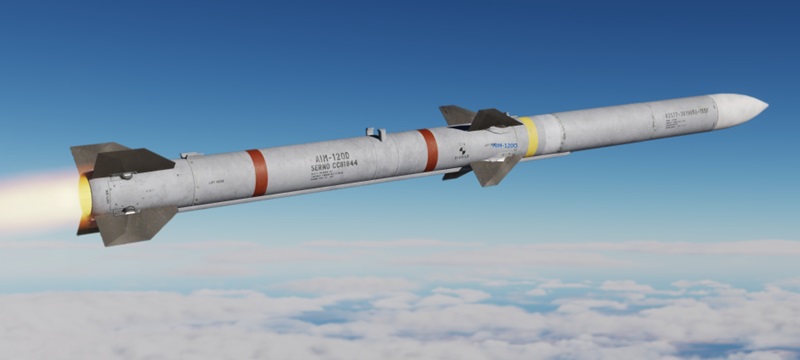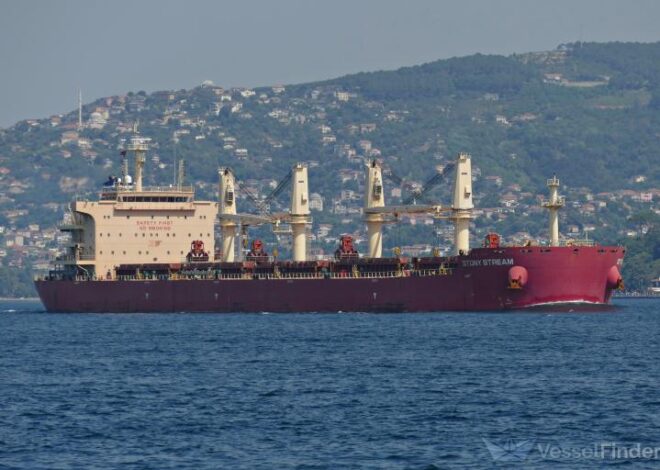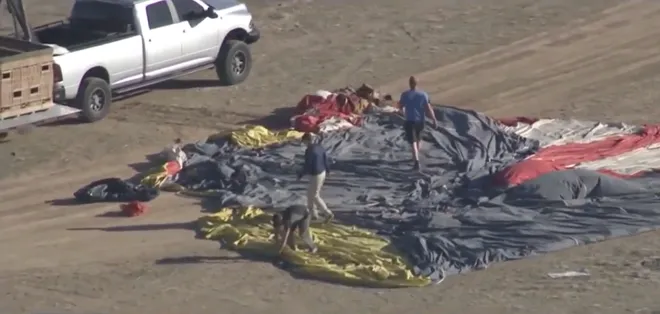
US to Deliver AIM-120 AMRAAM for the the Ukrainian F16

Until recently, the U.S. has held back from approving the provision of F16 and the munitions they can employ. But last month, the Biden administration endorsed a European plan to send the American-made F-16s to Ukraine and announced it would assist in training Ukrainian pilots.
“We need weapons that can withstand Russian fighters,” Inhat said.
The provision of AMRAAMs would go one step further, potentially arming those aircraft with radar-guided air-to-air missiles. AMRAAMs are used by the U.S. and many allies. They “are more than enough to get Russian aircraft without entering the enemy air defense zone of destruction,” Inhat said.
The Pentagon decision came to light following a contract announcement Aug. 31, which disclosed a contract worth up to $192 million with Raytheon Missiles and Defense for an indefinite quantity of AMRAAMs. The Pentagon said the contract “provides for Raytheon purchasing fielded AMRAAM weapons from various sources.”
The Pentagon contract announcement did not specify which versions would be purchased or for what purpose, nor did the Ukrainians.
“Specific modifications that can be supplied to Ukraine are not made public,” Inhat said.
The initial purchase under the agreement is for $7,688,220, using funds from the Ukraine Security Assistance Initiative (USAI), the Pentagon said, with work “expected to be completed by Nov. 29, 2024.”
The USAI is one of the primary mechanisms for arming Ukraine, funding purchases of weapons directly from industry. The U.S. has also provided weapons directly from existing U.S. stocks.
In an interview published Aug. 30, Ukrainian president Volodymyr Zelenskyy told the Portuguese outlet RTP that he expected F-16s to arrive towards the beginning of next year.
“We need fighter jets merely to defend ourselves,” Zelenskyy told RTP. “To defend our land, our sea, our sky.”
That may be optimistic; U.S. officials have suggested it will take until the middle of 2924 or later for Ukrainian F-16 pilots to be combat-ready. Several Ukrainian pilots are scheduled to begin English-language training at Lackland Air Force Base, Texas, later this month, then transition to pilot training in the F-16 at Morris Air National Guard Base in Tucson, Ariz. The Arizona Air National Guard’s 162nd Wing there operates the primary schoolhouse for foreign pilots, covering some 25 countries, according to the wing.
Ukraine is getting F-16s from Denmark, the Netherlands, and Norway, under a deal agreed to by President Biden. The U.S. had to agree because the F-16 is American-made.
Ukraine also has sought more advanced surface-to-surface missiles, such as ATACMS, with a range of 200 miles. The Biden administration has so far declined requests for ATACMS. Instead, it has provided HIMARS launchers with GMLRS surface-to-air rockets, and shorter-range weapons with a range of around 40 miles, and Ukraine is not allowed to use those missiles to attack targets inside Russian territory. Similarly, Ukraine has received JDAM extended-range guided bombs and HARM anti-radiation missiles, but not longer-range airborne weapons.
Recently, however, allies have begun to provide longer-range arms. Britain and France gave Storm Shadow/SCALP air-launched cruise missiles to Ukraine, weapons that can strike from up to 300 miles away.
That kind of long-range threat answers a need Zelenskyy has repeatedly sought. Ukraine, he told RTP, needs a “powerful air force that does not give Russia the possibility to dominate t



